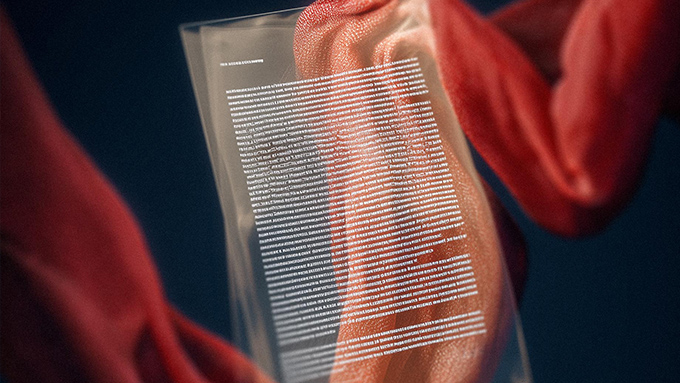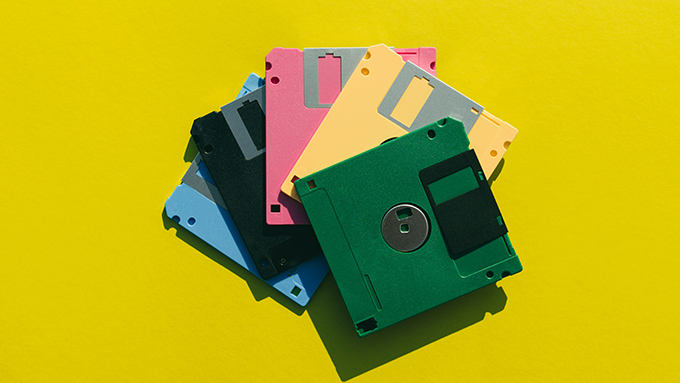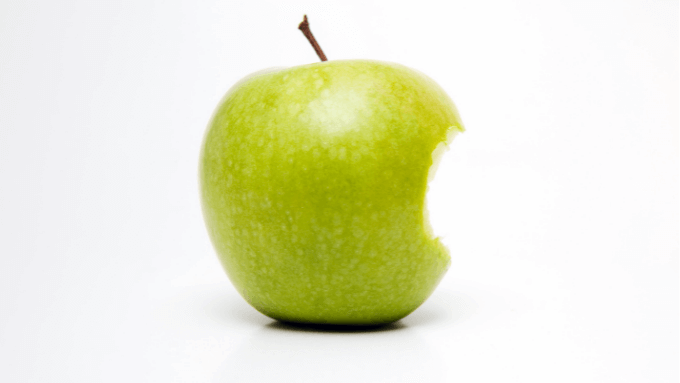Coexistence Agreements
Generally, an agreement regarding the use of the same or similar trademarks, in the same or in similar markets by two trademark holders, is referred to as a coexistence agreement. Whilst the aforementioned agreement is not specifically regulated under Turkish industrial property laws, with the “letter of consent” application brought in Article 5, paragraph 3, of Industrial Property Law No. 6769 (“IPL”), which entered into force on 10 January 2017, regulating the absolute grounds for refusal of registration of trademarks, allows for the registration of the same or similar trademarks, for the same or similar goods or services, on behalf of two different enterprises, by the letter of consent given by the registered trademark holder, within the scope of coexistence agreements.
In which Circumstances can a Coexistence Agreement be concluded?
According to the definition of the International Trademark Association (INTA)[1], a coexistence agreement is “an agreement by two or more persons that similar marks can co-exist without any likelihood of confusion; allows the parties to set rules by which the marks can peacefully co-exist. To use the same mark in connection with the same or similar goods or services, usually limited by geographic boundaries”[2]. Based on this definition, a coexistence agreement can be a solution, (i) if the trademark application of a party affects the business development of the counter party, (ii) if there is a chance that the trademarks of the competitors that are active in the same market can create confusion for the consumers, (iii) if the group companies seek to benefit from the parent company’s trademark portfolio, or (iv) if there is a chance that an action for annulment or infringement on the trademark right may be filed between the competitors, which use the same or similar trademarks, due to the use of these trademarks for the same goods or services.
As an example of respecting coexistence agreements in the international field, the coexistence agreement concluded in 1989 between Apple Corps, which owns the record trademark of the Beatles, and the US-based technology company, Apple Computer, may be cited.[3] As per the agreement, the parties acknowledged the similarity between their trademarks, and stated that they entered into an agreement for the purpose of avoiding any confusion between their business activities, and to preserve the rights provided by each trademark.[4] Pursuant to the provisions of the agreement, Apple Computer made a commitment not to use its name or trademark on any computer product that is “specifically adapted for use in the recording or reproduction of music, or of performing artist works," and both parties agreed not to file an action for annulment, or similar actions, concerning each other’s registered trademarks.
The Content of the Coexistence Agreement
Businesses that have the same or similar trademarks may reach an agreement to decide upon the use of their trademarks in aspects such as form, style, presentation, the use of trademarks in a given region, and the precautions that may be adopted to avoid any possibilities of confusion.[5] If one of the trademarks that is subject to the agreement is registered, and the registration for the other trademark is demanded, it would be suitable to have provisions regarding the issuance of a letter of consent that contains the conditions stipulated under Article 5/3 of the IPL, and Article 10 of the Regulation on the Implementation of Industrial Property Laws (“Regulation”) in the agreement, and also to add the relevant provisions if an amount will be paid for the aforesaid letter of consent.
Pursuant to the Regulation, it is mandatory to issue a letter of consent in a signed format that is acceptable to the Turkish Patent and Trademark Office as being valid, and have it approved by a notary containing the following elements:
- The credentials and contact information of the applicant(s) to whom the consent is given.
- If the consent form is submitted during the application phase, the trademark example that is subject to consent; if it is submitted during the objection phase, the application number that is subject to consent.
- The credentials and contact information of the applicant(s) or trademark holder(s) who give consent, and the application or registration numbers of the previous application or trademark that is subject to consent.
- Goods and services to which the consent is given and their class numbers.
- If the consent form is signed by a proxy on behalf of the applicant or trademark holder, a notarized proxy setting forth the authority to consent, or the notarized copy of the aforesaid proxy.
Besides, whilst drafting a coexistence agreement, the parties may determine the conditions as to the use of the trademark in a way that is compatible with their business plans concerning the use of the trademark, and explicitly include the Internet addresses (domain name), if available, regarding the use of the trademark and the geographical areas in which the trademark is to be used. The provisions concerning the consequences of not using the trademark are determined, terms and procedures of new additions to the trademark (such as color, logo or figurative changes), the terms as to the duration, termination and amendment of the agreement and, especially in the case of deadlocks in agreeing to the commercial decisions, the provisions to eliminate them may be regulated in the agreement.
While adopting the above-mentioned provisions, it is necessary to ensure that the feature of distinctiveness of the trademarks that are subject to the coexistence agreement are not misleading to the consumers in such a way so as to cause any confusion, and attention should be paid not to include such provisions that are prohibited by competition law in a way that creates a barrier to entry into the market.
The abovementioned disputes arising out of the agreement between Apple Computer and Apple Corp. may be cited as an example regarding the importance of the content of the agreement. After Apple Computer released iTunes in September, 2003, Apple Corps filed an action due to the violation of the coexistence agreement, and the London High Court concluded in its decision rendered in 2006 that Apple Computer did not violate the agreement. Whilst the plaintiff, Apple Corps, claimed that digital music is merely another form of physical music distribution, and the agreement between the parties was violated by Apple Computer, the defendant, Apple Computer, defended that digital music sales cannot be evaluated within the scope of the agreement between the parties. The Court evaluated the subject from the consumers’ perspective, and decided that the agreement was not violated in any form since the Apple Computer logo is used in relation to the software, and to not the music services.[6]
Conclusion
Coexistence agreements may provide legal opportunities that might prove useful to resolve disputes that might occur respecting trademark rights without creating responsibility for the parties. However, many elements, including industrial property laws and competition laws, shall be taken into consideration in order that the agreements are valid, binding, and address any possible disputes.
[1] https://www.inta.org/About/Pages/Overview.aspx / (Access date: 02.01.2019).
[2] https://www.inta.org/TrademarkBasics/Pages/glossary.aspx / (Access date: 02.01.2019).
[3] Marianna Moss, Trademark "Coexistence" Agreements: Legitimate Contracts or Tools of Consumer Deception, https://lawecommons.luc.edu/cgi/viewcontent.cgi?article=1198&context=lclr / (Acces date: 02.01.2019).
[4] Marianna Moss, Trademark "Coexistence" Agreements: Legitimate Contracts or Tools of Consumer Deception, https://lawecommons.luc.edu/cgi/viewcontent.cgi?article=1198&context=lclr / (Access date: 02.01.2019).
[5] Uğur Çolak, Türk Marka Hukuku, İstanbul 2016, p. 292
[6] https://sites.udel.edu/cisc356/2014/04/21/apple-corps-v-apple-computer-1978-2006 / (Access date: 02.01. 2019).
All rights of this article are reserved. This article may not be used, reproduced, copied, published, distributed, or otherwise disseminated without quotation or Erdem & Erdem Law Firm's written consent. Any content created without citing the resource or Erdem & Erdem Law Firm’s written consent is regularly tracked, and legal action will be taken in case of violation.
Other Contents

The Law on Intellectual and Artistic Works No. 5846 (“LIAW”) conditions the recognition of an intellectual product as a “work” (eser) under the LIAW—and thus its protection—on two fundamental criteria: the intellectual product must fall within one of the categories of works explicitly enumerated in the LIAW and bear...

Although trademark protection grants the proprietor strong and exclusive rights, its continuation is contingent upon the trademark being genuinely and functionally used in commercial life. Article 9 of the Industrial Property Code No. 6769 (“IPC”) authorizes the cancellation of a registered trademark where…

In today's competitive business environment, the protection of trademarks plays a vital role in maintaining the competitive advantage of businesses and ensuring consumer trust. In this context, the protection of well-known trademarks is of particular importance in preserving the commercial value and reputation of...

It is observed that there are changes in the legislation and judicial decisions as to whether the use of a previously registered trademark or a trademark for which a registration application has been filed can be considered as trademark infringement by third parties by using the trademark as a trade name...


Today, the globalization of economic activities leads to the transfer of numerous personal data internationally during the daily operations of companies. Therefore, like many national and international data legislations, Law No. 6698 on the Protection of Personal Data (“PDPL” or “Law”) includes protective...

The relationship between the author and the product of their creative activity is protected by moral rights. The moral rights of the author set out in the Intellectual and Artistic Works Act numbered 5846 (“IAWA”) include the authority to disclose the work to the public, the authority to designate the name...

The Court of Cassation has evaluated the criteria related to the similarity of the trademark in all of these decisions, and while showing how the criteria will be applied, it has also helped to determine the boundaries of the term “likelihood of confusion”. In this article, four different 2022 decisions...

The right to property, which is one of the concepts and values underlying the liberal economic and legal system, regulates the ownership relationship between the person and goods. The scope of the term “goods,” which is the subject of the concept of property...















